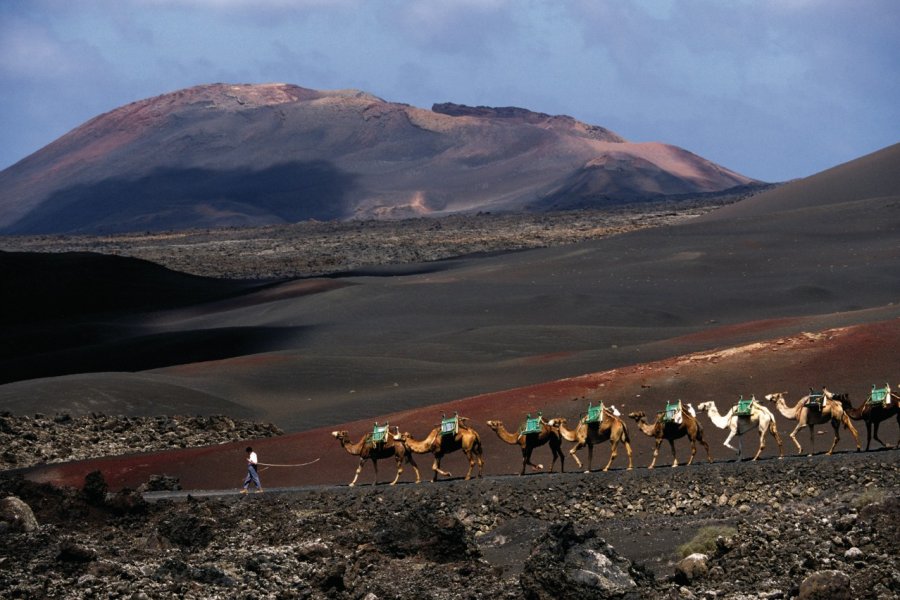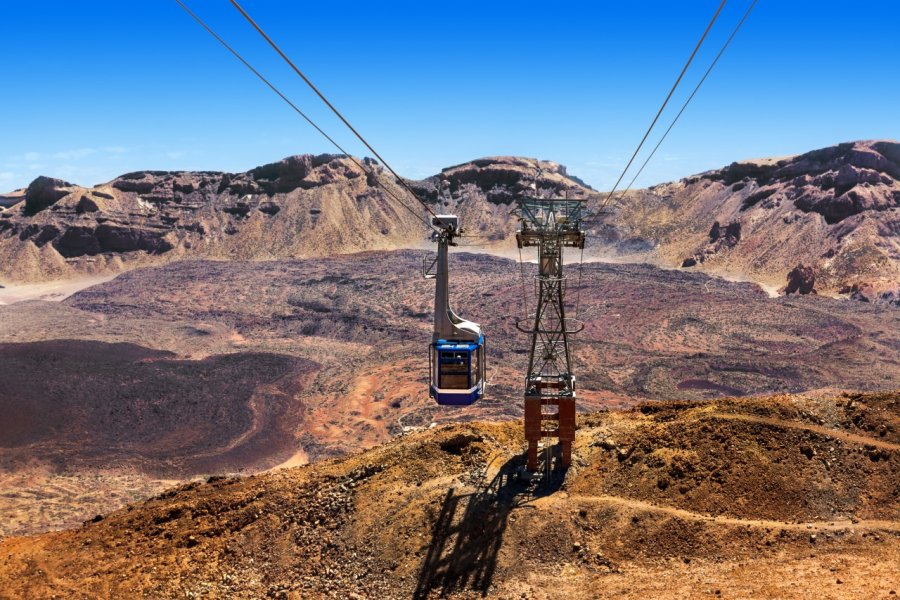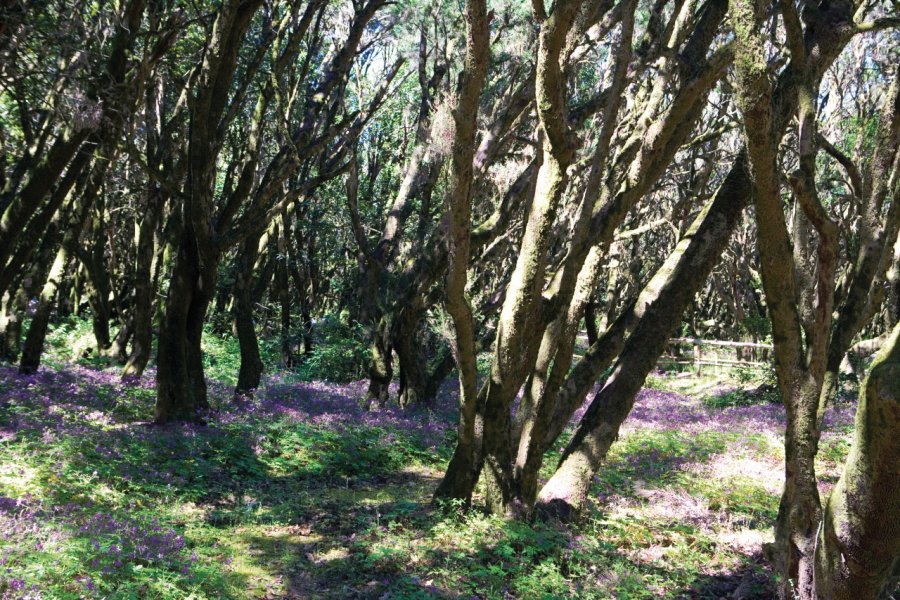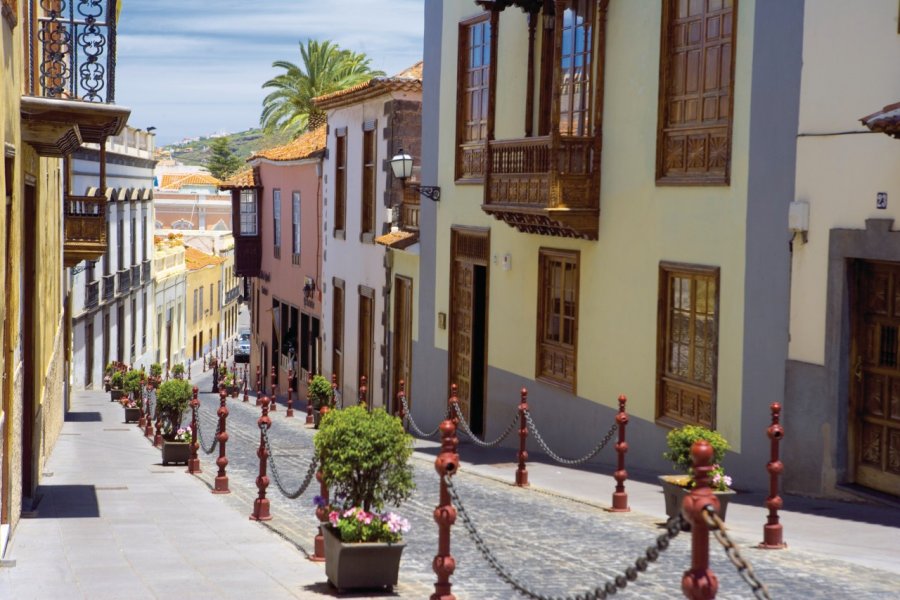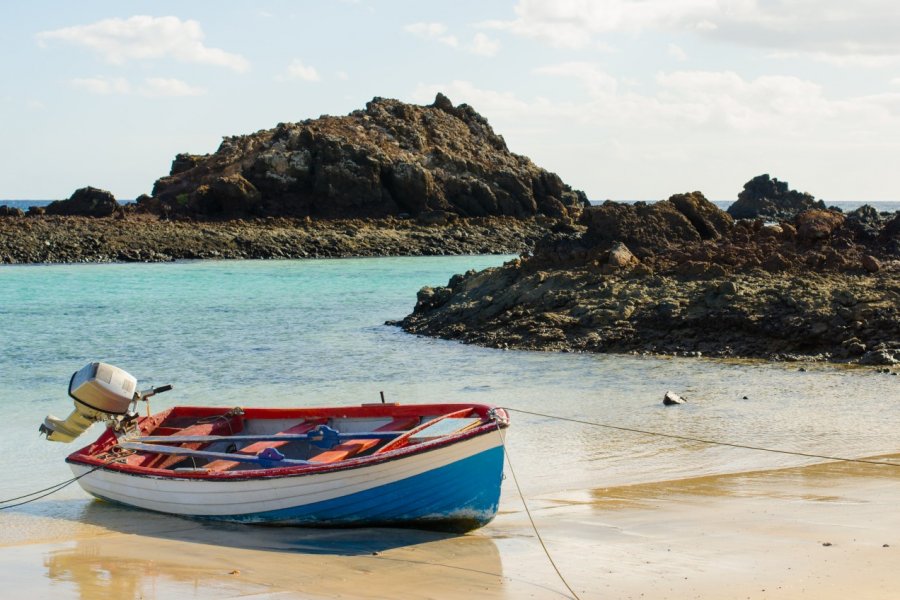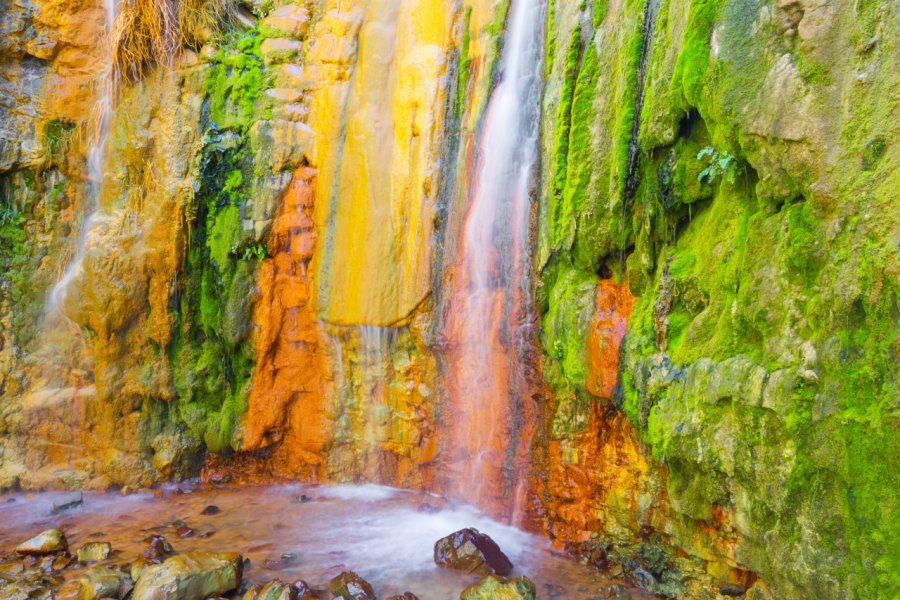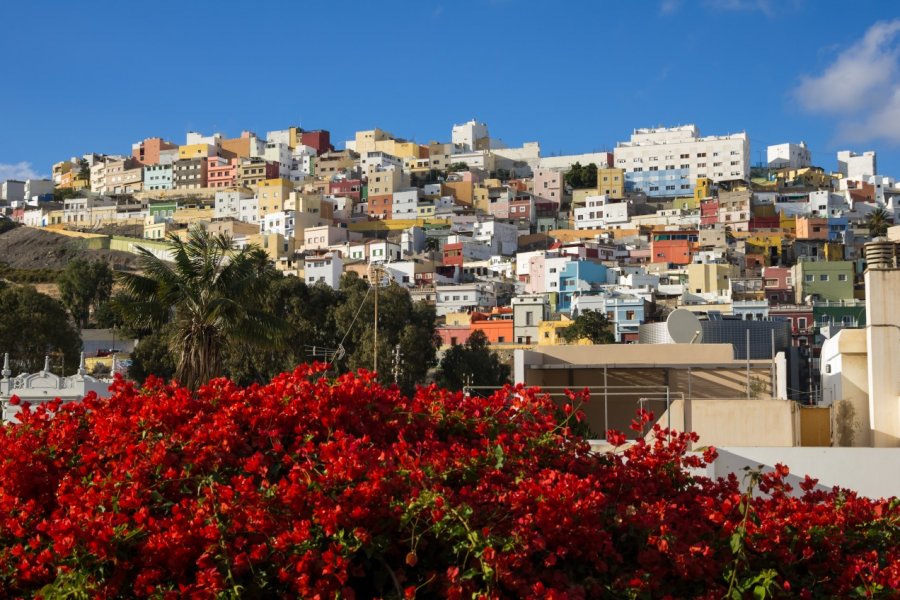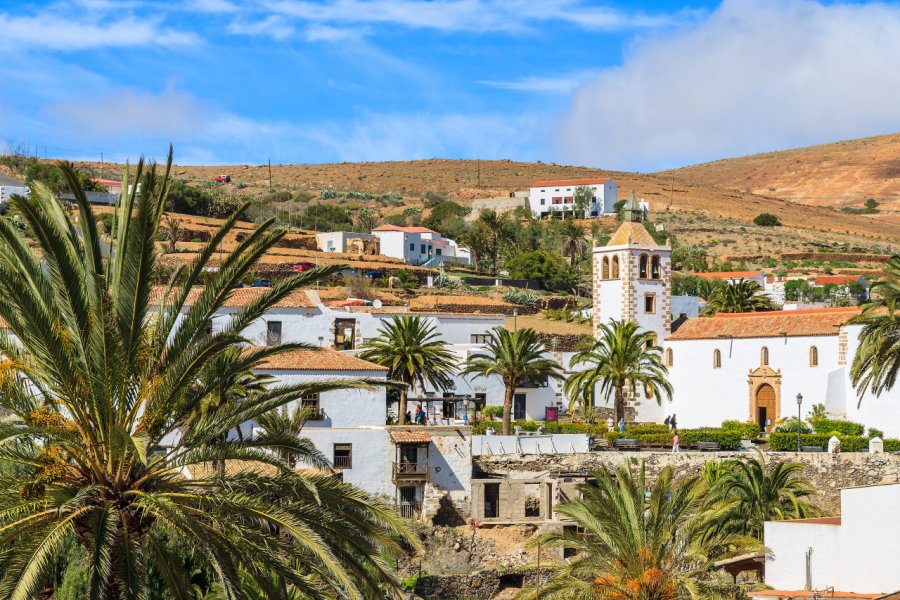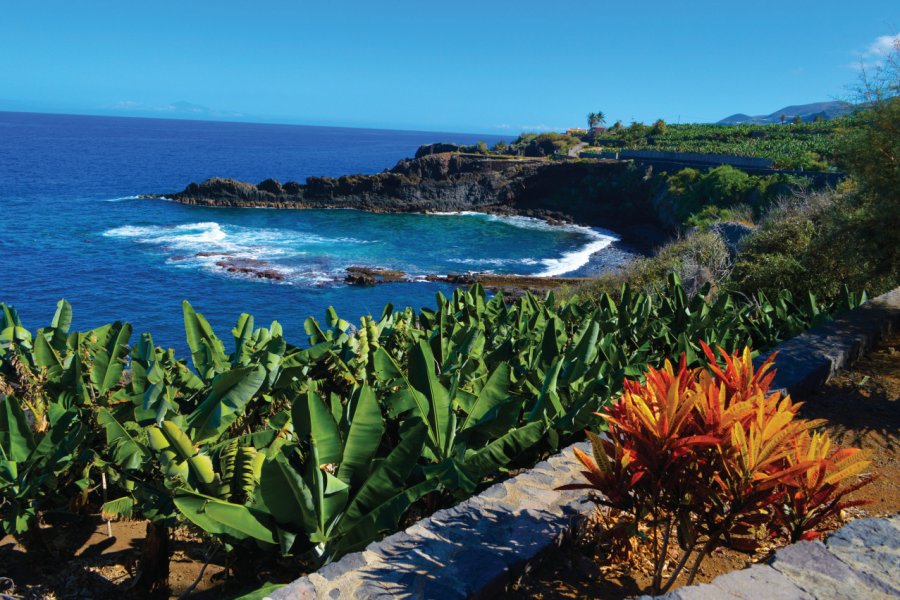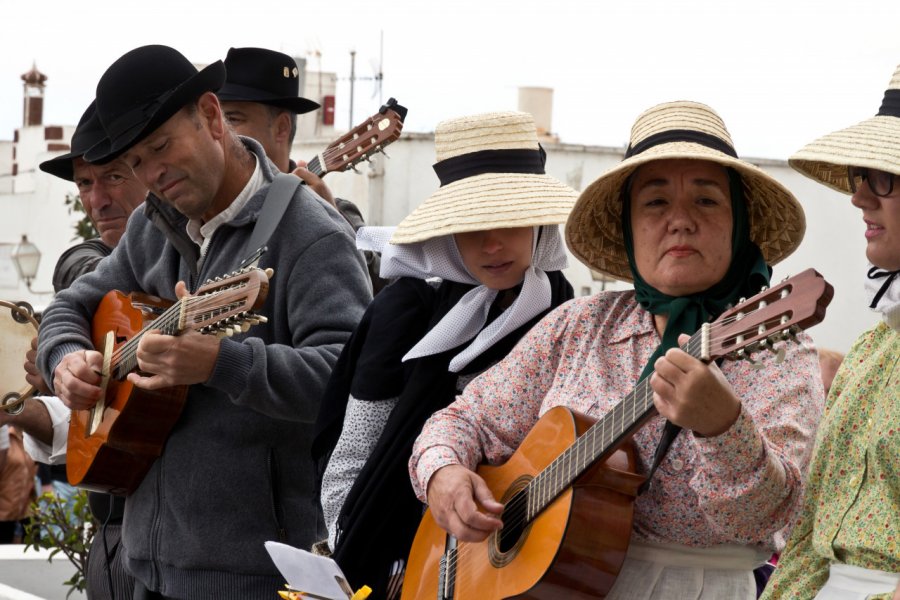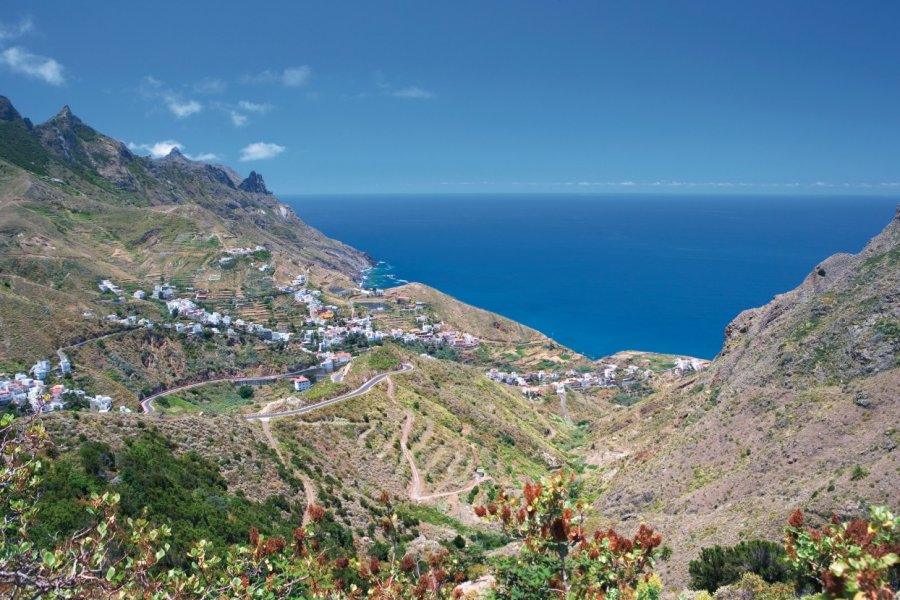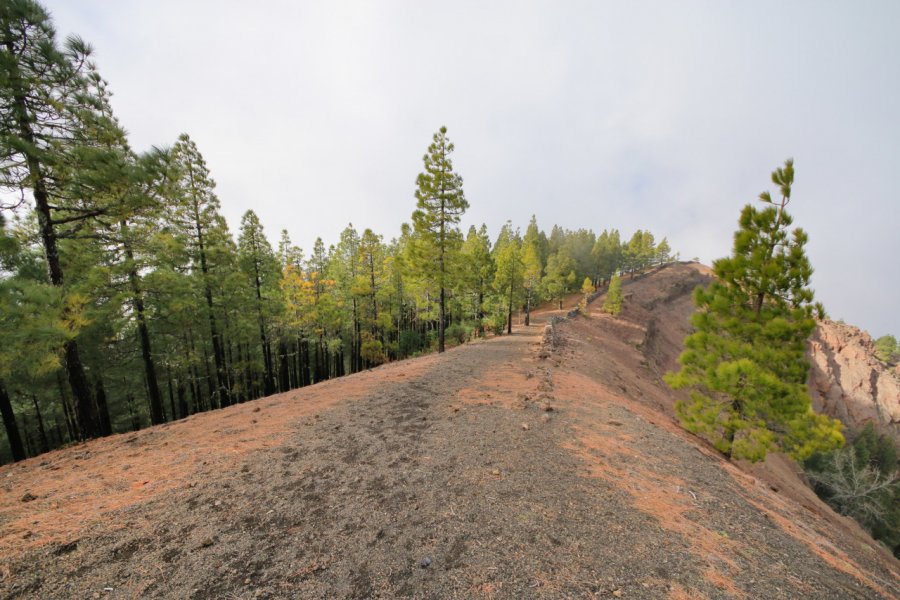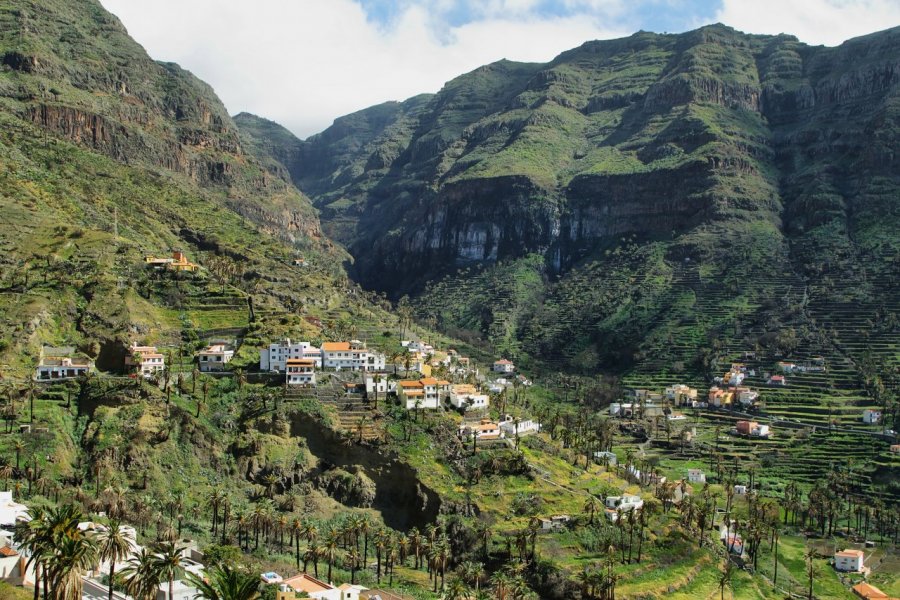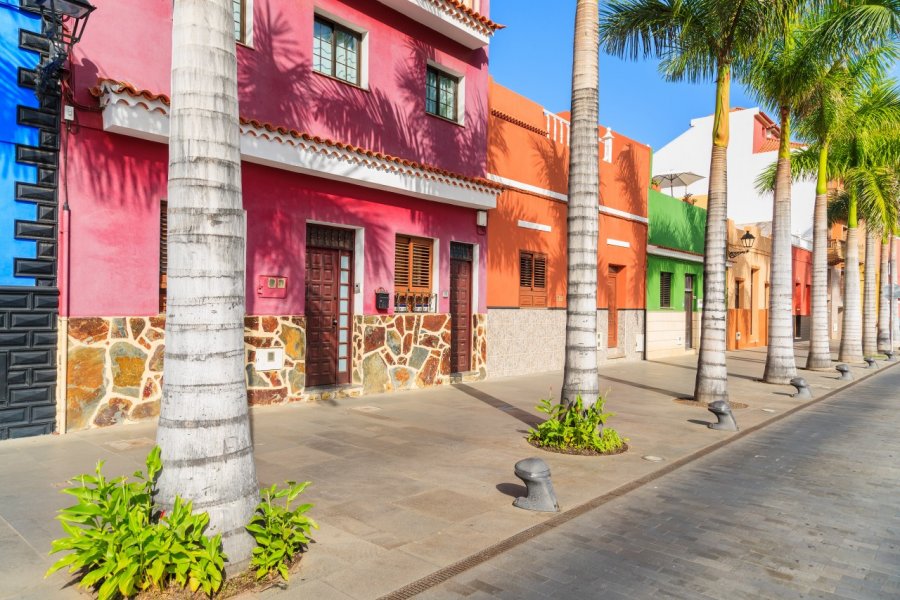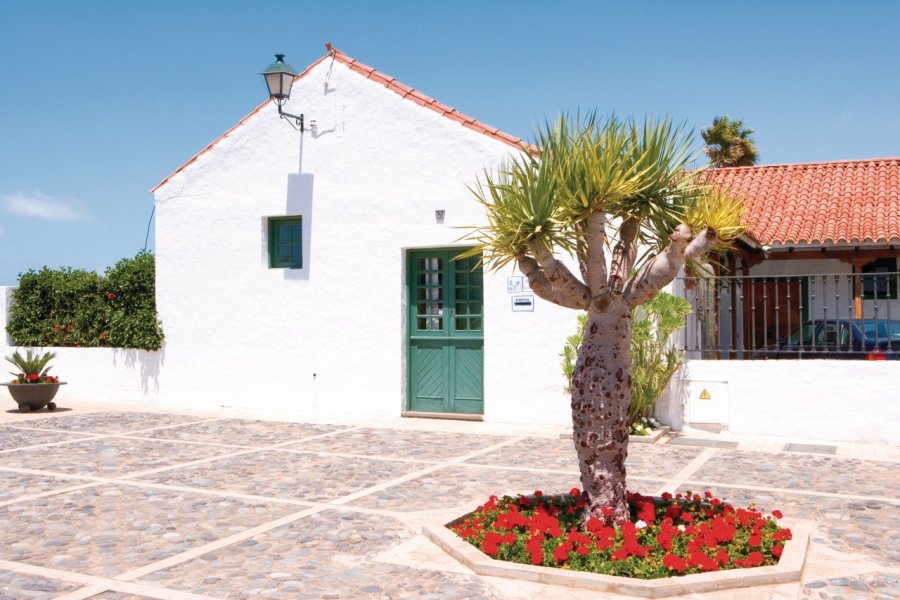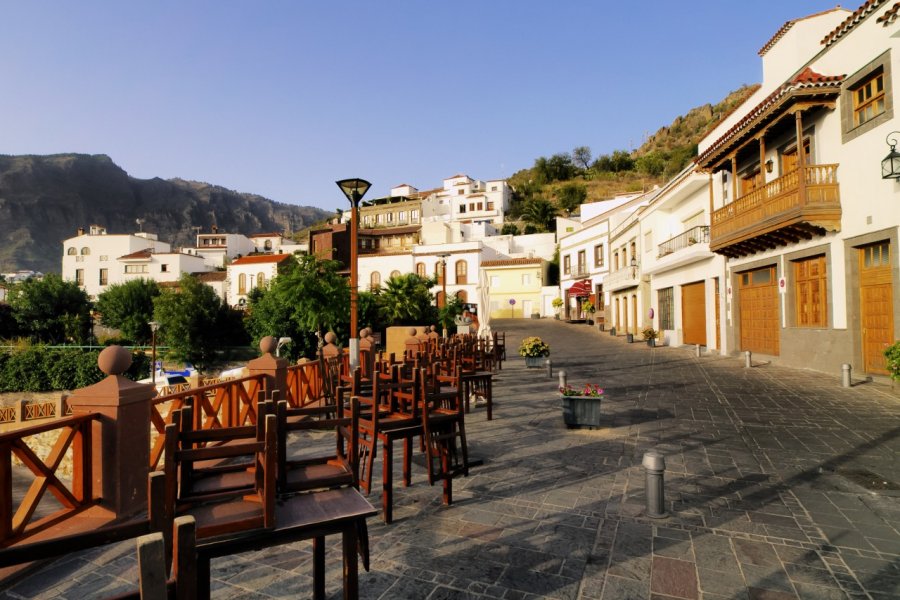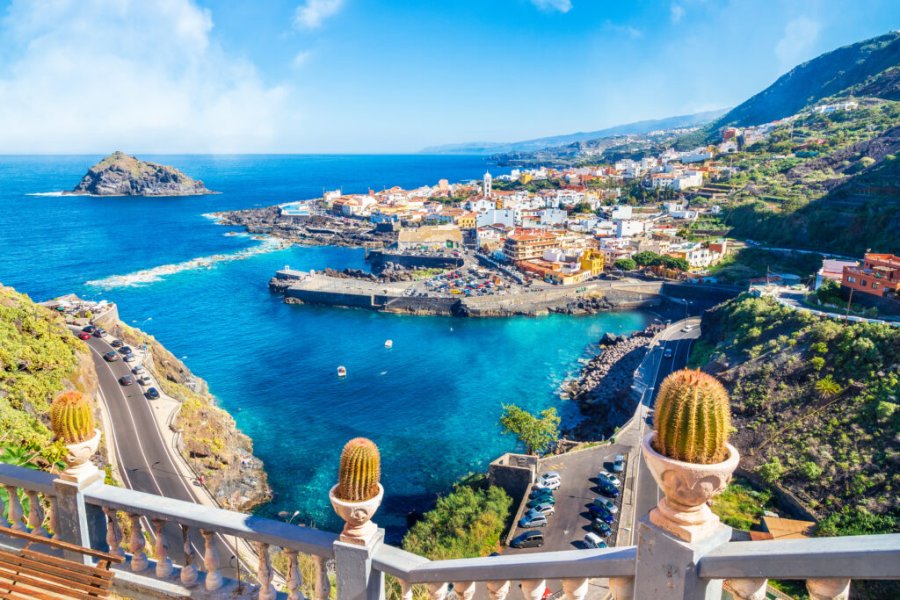Why go to Canary Islands? The 10 good reasons to go Canary Islands

Beautiful coves and beaches
Against a background of turquoise and crystalline waters, azure skies and volcanic background.

A rich ecological heritage
Discover its natural parks, dunes and thousand-year-old laurel forests.

A rich historical heritage
From aboriginal vestiges to colonial houses, its heritage can be discovered in the open air.

The imprint of great artists
Óscar Dominguez, Martín Chirino and Manrique have left their mark on the history of art and their island.

Picturesque villages
Deep in the mountains, clinging to the cliffs or nestling in the heart of a banana plantation.

Spectacular volcanoes
Lunar landscapes, craggy peaks or lava flows, each island has its own particular beauty.

A mild climate all year round
With temperatures ranging from 17 to 30°C, the sun is always shining, never stifling.

A folklore always alive
Carnivals and romerías mark the festive calendar throughout the year.

A land of hikes
Many unforgettable walks in spectacular and preciously protected sites.

A paradise for sportsmen
Kitesurfing, scuba diving or cycling, all the aficionados will find their field.
What to visit Canary Islands?

Interview: My Canaries
with Marie-Charlotte Amblard, author of the guide
Born in Valence in the Drôme, Marie-Charlotte has been traveling around the world since her teenage years. What she likes in the Canary Islands is the pleasant climate all year round, its long sandy beaches, easy surfing and diving, its gastronomy, the hikes and the lunar landscapes, the diversity of the islands... She presents us her good plans.
See the video of the interviewGood to know to visit Canary Islands
 Timetable
Timetable
Museums are generally closed on Mondays and public holidays. Some monuments are open intermittently, but the majority open from 9am to 1pm and from 4pm to 8pm and one hour later in summer. To find out their exact schedules, which sometimes change four times a year, it is best to check them on their website. The groups tend to visit in the morning, which generates more visitors and therefore, whenever possible, the afternoon is more recommended. Knowing that the number of visitors is infinitely less than in the metropolis and that you will rarely have to queue.
 To be booked
To be booked
In Tenerife, if you want to climb the Teide volcanic cone - the last 186 meters after the cable car - you need a special permit. This is valid for a specific day and time. It's essential to apply as soon as possible, as permits are limited to 150 per day. Plan at least three weeks in advance for very high season. From now on, requests can only be made via the Internet: www.reservasparquesnacionales.es, "reservas" tab. You'll get the number of places available according to the calendar, and fill in the form once the places have been reserved. Also on Tenerife, the Barranco de Masca hike, the second most-visited natural site after Teide, now requires prior online registration, at least 48 hours in advance, at www.caminobarrancodemasca.com. As the daily quota for visits is limited to 75, and the trail is only open on weekends and public holidays, it's best to reserve your place before you leave for the Canary Islands, especially during the peak tourist season (December to the end of March). In addition, some sections of the Anaga Massif require prior authorization (please check https://reservabiosfera.tenerife.es beforehand )
An online reservation is also essential to visit the Cueva del viento in Icod de los Vinos
Isla de los lobos. Whether you reach it by boat from Fuerteventura or Lanzarote, you must request authorization (for 3 people) 5 days before your trip https://lobospass.com.
The island of La Graciosa does not yet impose such restrictions, but is considering what measures to take (tourist tax, etc.).
 Budget & Tips
Budget & Tips
In the Canary Islands, the most expensive attraction is Loro Parc, which costs €42 for an adult. And many amusement parks cost around €30. Finally, the round trip up Teide by cable car will cost an adult €40. On Gran Canaria, a visit to the Las Palmas Aquarium costs €27 for an adult. These prices are among the highest, and the majority of museums have prices around €5, with peaks of €15 for the Jameos del Agua and the Cueva de Los Verdes in Lanzarote. No free day for museums. With the exception of theme parks, the most expensive way up to Teide and back is by cable car. Many destinations have developed pass systems with a package for several visits. Before booking one, make sure you have the time and inclination to see everything.
 Guided tours
Guided tours
Some establishments offer guided tours, which can be checked on their websites, usually in Spanish and English. To benefit from a guided tour in French, please make your request at least 24 hours in advance.
